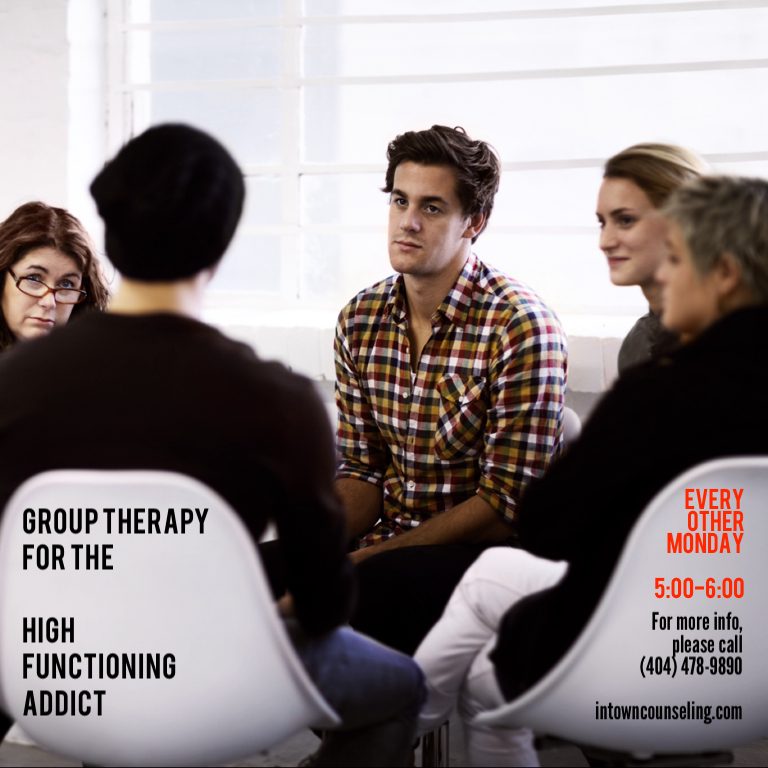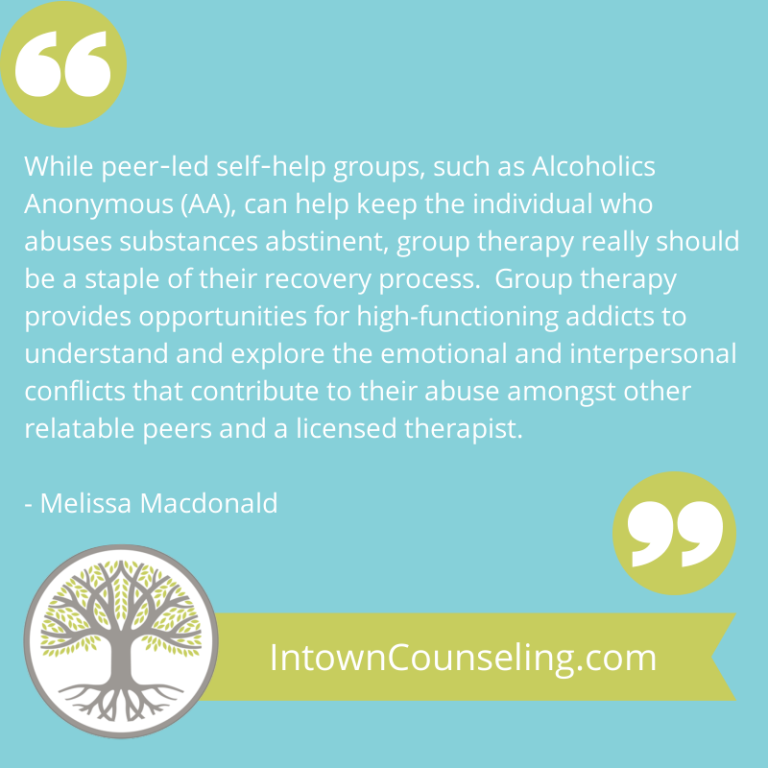Moving Toward Well-Being
It’s common knowledge that physical exercise has the potential to improve our mental & emotional health. Finding a form of exercise that you enjoy can be a great way to reduce stress, increase blood circulation & thus oxygen to the brain, connect with friends and/or even engage in moving mindfulness meditation. Despite the many benefits of exercise, it’s easy to develop a fairly sedentary lifestyle, especially if your commute to work has you sitting in traffic for hours. At the end of a long work day, heading to the gym might not be your idea of a good time, so if you’re considering incorporating exercise into your routine, it’s important to find a form that you genuinely enjoy! Awareness of your unique physical, mental and emotional needs can help you make an appropriate choice. If your job leaves you feeling isolated and you’re craving connection, a long solo run may not be your best option. A group hike or fitness class may however be just what you need to improve your cardiovascular health as well as your sense of social connectedness. If becoming more physically active is this straight forward for you, that’s great! Incorporating more exercise into your life can improve your energy levels, confidence and self-esteem… but what if your needs are more complicated or if getting in touch with your body through exercise feels uncomfortable, scary or even downright terrifying?
If this sounds familiar, you’re not alone. It’s not uncommon, especially among survivors of trauma. Psychological trauma occurs when an individual’s perceived coping resources are completely overwhelmed by the stress/threat they perceive during a deeply disturbing or distressing event. This means that psychological trauma is defined by one’s unique experience and physical, mental & emotional response rather than the event itself. You may have survived such an event and developed great insight into its impact on your life, yet still feel stuck experiencing its negative effects (i.e. anxiety, depression, dissociation, emotion dysregulation, social isolation, etc.). This is because trauma affects parts of the brain that are distinct from cognition; parts of the brain that are involved in the body’s automatic responses, such as the amygdala. Often called the alarm bell system of the brain, the amygdala is responsible for detecting and responding to threats. Trauma can make the amygdala hypersensitive or completely insensitive. As you might suspect, either of these outcomes can present significant challenges. In his book, The Body Keeps the Score: Brain, Mind & Body in the Healing of Trauma, Dr. Bessel Van der Kolk, M.D. explains that “Traumatized people chronically feel unsafe inside their bodies: The past is alive in the form of gnawing interior discomfort. Their bodies are constantly bombarded by visceral warning signs, and, in an attempt to control these processes, they often become expert at ignoring their gut feelings and in numbing awareness of what is played out inside. They learn to hide from their selves.”
If these words describe your experience, any physical activity that increases awareness of your body may be triggering. If you feel triggered every time you try to work out, it’s understandable that you might find yourself avoiding exercise. Nevertheless, in the words of Dr. Van der Kolk, “Trauma victims cannot recover until they become familiar with and befriend the sensations in their bodies. […] In order to change, people need to become aware of their sensations and the way that their bodies interact with the world around them. Physical self-awareness is the first step in releasing the tyranny of the past.” Should you decide you’d like to work toward this first step, it’s important to do so in an environment and manner in which you feel as safe as possible. Working with a mental health professional to explore what this means for you and develop a plan based on your needs and preferences might be helpful. Maybe you feel safest in your living room with a guided fitness or meditation video. Maybe you feel safest in a yoga class taught by a trauma informed instructor… or you might just happen to feel most comfortable in the middle of a group dance class. I personally find dance to be the most healing and liberating form of meditative exercise…but I didn’t always. I started dancing as an adult and initially felt a great deal of anxiety around the vulnerability that comes with learning new steps and body movements in a public group setting. Partner dance was about as far out of my comfort zone as I’d ever gone and I recall experiencing several particularly embarrassing fight, flight or freeze responses. Now, three years later, it’s difficult to adequately express my gratitude for the journey of personal healing and growth that dance ignited and continues to facilitate. If dance interests you as a form of exercise or therapy, stay tuned for my next post! I’ll be discussing the therapeutic nature of creative, expressive movement and the power of vulnerability & connection.
By Samantha Latty, MBA, MS, APC





